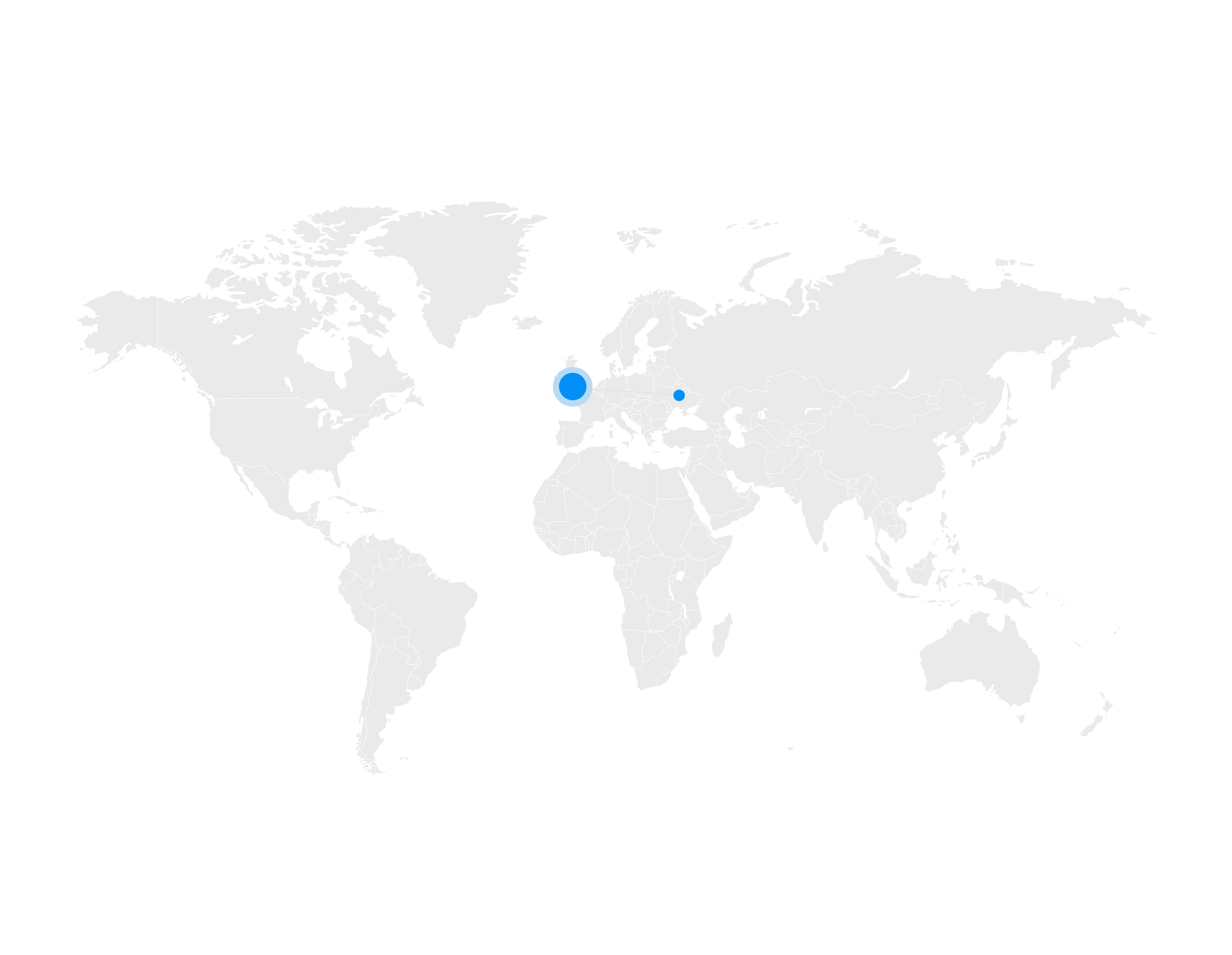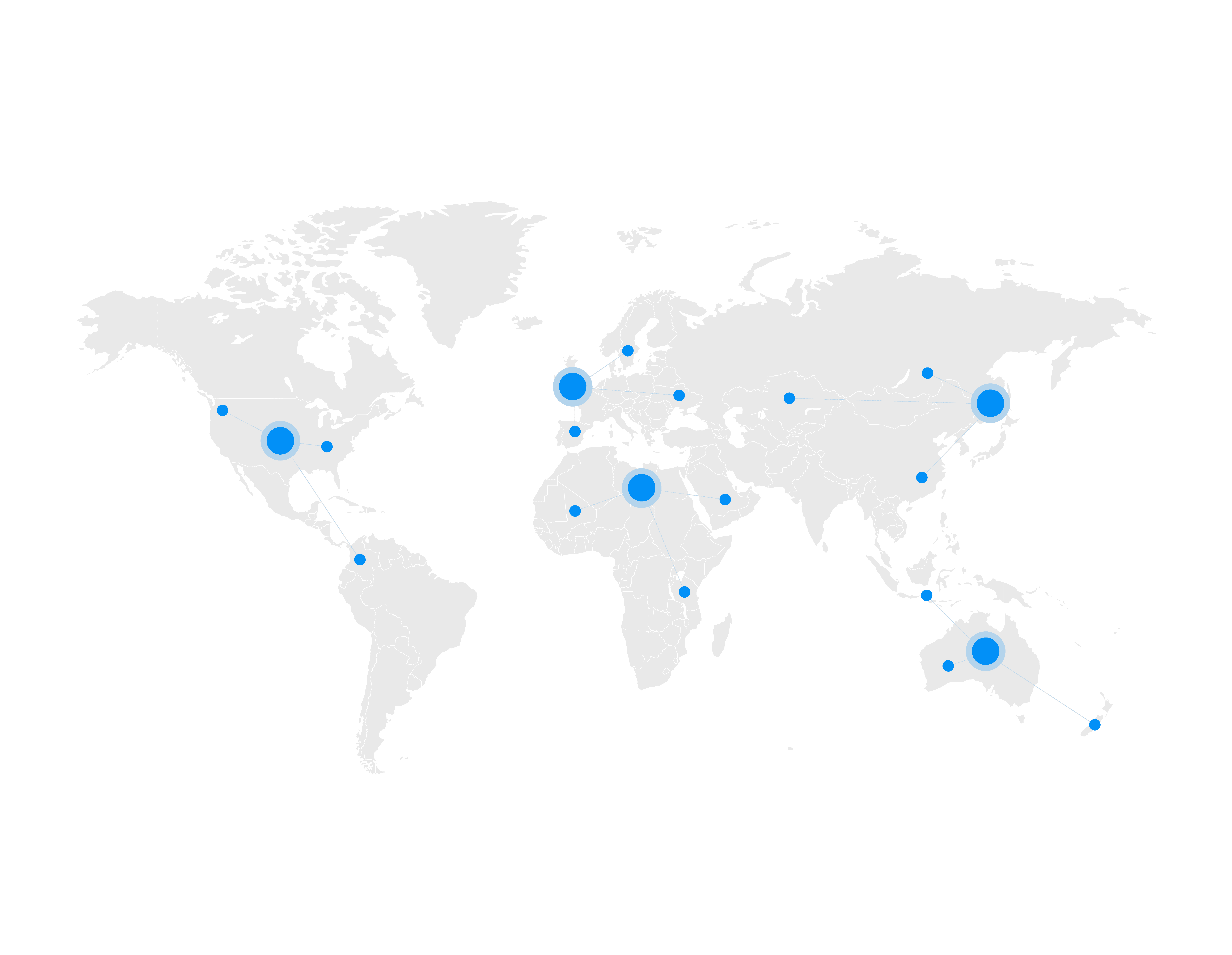
Choosing the right payment acquirer isn’t just about integration or fees; it’s about finding the setup that fits your business model. The decision impacts how easily you can expand, how smooth your customer experience is and even how much revenue you keep.
Some businesses value speed and simplicity, others need flexibility and local reach. Your choice will depend on things like where your customers are, how many payment methods you need to support, what resources you have in-house and your expansion goals.
Understanding the trade-offs between one global acquirer and multiple local acquirers is essential if you want to optimise international payments without overcomplicating your operations.
What’s in this blog:
Going with one global acquirer is tempting. It keeps your reporting in one place, simplifies integrations and gives you a single point of contact for support. For businesses just testing international markets, operating domestically or only selling in a handful of countries, it can be a very practical option.
Use case: A small business from the UK, testing the waters in one or two nearby European markets might choose a global acquirer. With a lean team and modest transaction volumes, the priority is keeping operations simple rather than chasing the best rates.

But there are challenges to consider:
If ease and simplicity are what you need right now, then one global acquirer could work well. But keep in mind, simplicity may come at the cost of lost sales, frustrated customers and ultimately lower revenue as you scale.
On the other hand, navigating multiple local acquirers can feel more complex. There’s more negotiations to consider, more reports to analyse and more relationships to manage. But the trade-off is often worth it.
For businesses looking to expand internationally at scale or process a high volume of transactions in diverse markets, this is where local acquiring really shines.
Use case: An e-commerce retailer in Malaysia wanting to expand across Southeast Asia where there is a vast amount of local APMs and fragmented markets to consider. By adding multiple local acquirers to cover local payment preferences like, Touch ‘n Go in Malaysia and PayNow in Singapore, and unique regulations, the merchant can expect fewer cart abandonments, faster settlements and increased approval rates.

Working with multiple local acquirers allows you to:
Yes, the setup is heavier, but if growth is your focus, the benefits often outweigh the complexity.
Here’s where things get interesting. Some payment providers, like Nomupay, connect you to multiple local acquirers through a single platform. That means you don’t have to choose between simplicity and performance. You get both!
Use case: A digital marketplace operating across 10+ countries needs local payment coverage to maximise acceptance rates but doesn’t have the bandwidth to manage multiple integrations. By plugging into a multi-local provider, they can offer the right payment methods per market while keeping a single integration and consolidated reporting.

With this model, you’ll get:
It’s essentially global acquiring made smarter, with all the perks that local acquirers bring. For businesses scaling across multiple countries, this can be a powerful way to balance efficiency and customer experience.
| Feature | One global acquirer | Multiple local acquirers | Nomupay |
| Integration | Simple: one integration | More complex: separate integrations for each acquirer | One integration that connects to multiple local acquirers |
| Reporting | Centralised dashboard and unified data | Fragmented reporting across providers | Unified global data with all channels and APMs consolidated into one platform |
| Fees | Higher cross-border fees | Lower domestic transaction costs | Domestic-level fees via local acquirers, without added complexity |
| Settlement speed | Can be slower in certain markets | Faster local settlements | Fast local settlements through connected local acquirers |
| Payment methods | Limited support for niche/local options | Broad support for local payment methods | Wide support for local methods, delivered through one platform |
| Acceptance rates | May be lower due to cross-border routing | Typically higher with local acquiring | Optimised: transactions routed to best-performing local acquirer |
| Customer experience | Consistent but not always localised | Tailored to local expectations and preferences | Localised experience at scale, without multiple integrations |
| Scalability | Expansion limited depending on network connections | Expansion requires adding new acquirers, more overhead | Scales globally with local-level performance |
| Operational complexity | Low: one relationship to manage | High: multiple contracts, support channels and processes | Low: single provider manages multiple local relationships for you |
It’s clear, there’s no one-size-fits-all answer. The right acquiring setup depends on how your business operates and what your priorities are.
Here are some questions to ask yourself when choosing:
So, in a nutshell, global acquirers offer simplicity, local acquirers boost performance and multi-acquiring providers combine the best of both. Choosing the right payment acquirer comes down to your business model, your customers and your growth plans.
Hopefully, this blog has helped you towards making a decision. If you’d like to find out more about how our multi-acquiring strategy can benefit your business, give us a call.